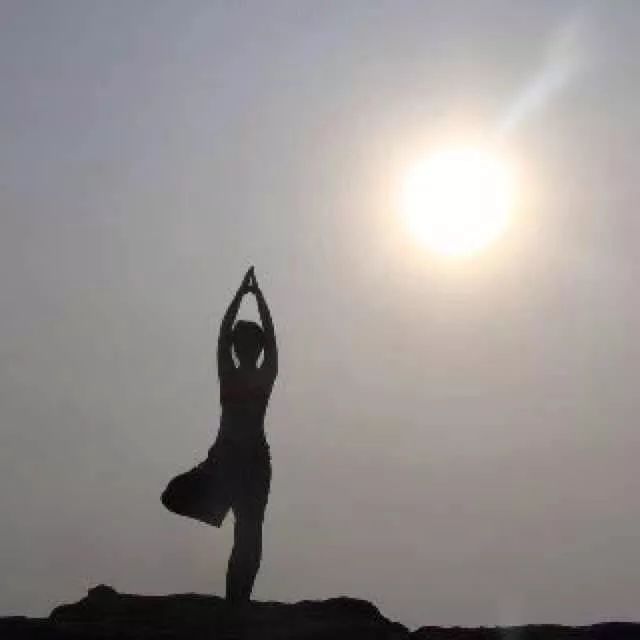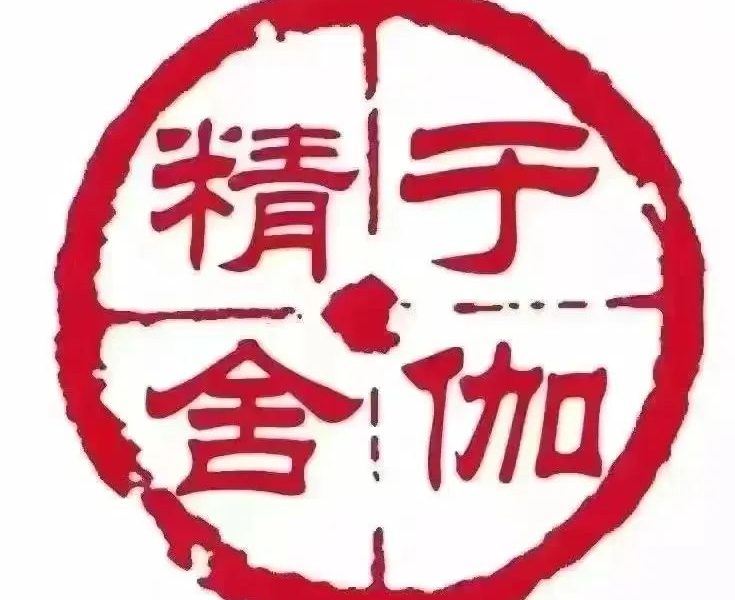On the way of yoga, the Sanskrit that pays attention to the snake style is called “bhujanga”.

Bhuj means to bend.

The upper body of the cobra can be extended upward and move forward at the same time.
Therefore, when practicing, you should feel the extension and flow of the body forward.
Imagine that your legs are the tail of a snake, your body extending and bending back, and lifting your chest up at the same time.
Many students are struggling.
Is the snake’s arm straight or bent? In fact, what matters is not whether the arms are straight or bent, but whether the chest is open and the neck is extended.
Step by step do snake backward bending step # 1 use a slight forward bending to balance, bend back and lie down with your elbows on the ground, your small arms parallel, your elbows aligned with your shoulders, your legs straight, the same width as your hips, your toes spread out, your instep compacts the ground, your legs press the ground, lift the inside of your legs, sink the outside of your legs, your tailbone looks for your feet, extend your lower back, press your small arms down, lift your chest, step 2 to strengthen the strength of your upper back, Open your chest and shoulders and lie down.
Straighten your legs and bend your elbows at the same width as your hips.
Put your elbows on both sides of your middle ribs and keep your insteps close to the ground.
Keep your legs stable, lift your legs on the inside, sink your legs on the outside, push your hands to the ground, and lift your chest with the strength of your back.
Here, the chest cannot be raised very high.
Step 3 final pose, snake / seal lie down, Keep your hands on the back of your shoulders to stabilize your legs, put your tailbone back and your navel inward, and start to force your chest upward.
Keep your shoulders sinking.
Straighten your arms as much as possible.
Snake pose can effectively stretch our spine and relieve pain and fatigue in the waist and back.
You must practice more when you are sedentary..


